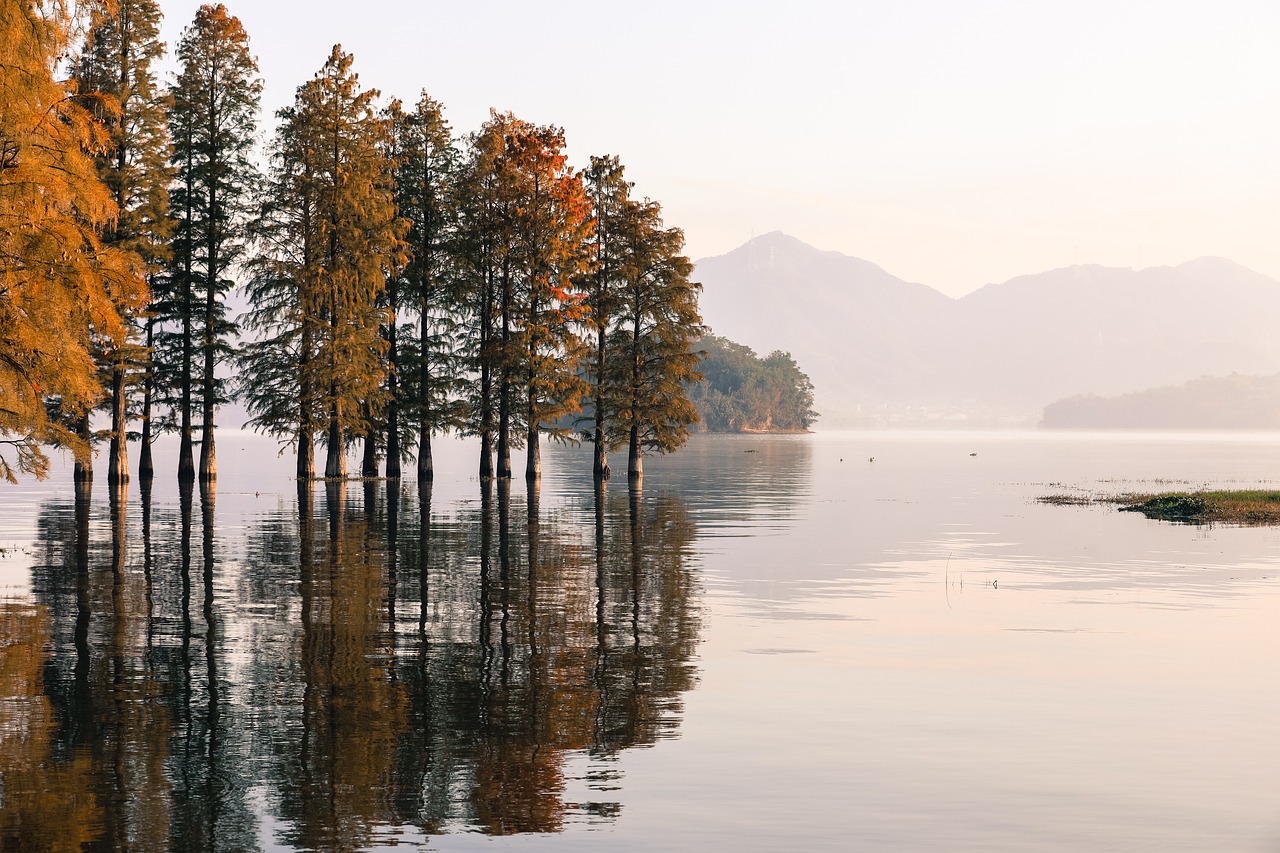Canada Video
Weathering Canada: Seasonal Changes and What to Expect
Canada, known for its vast landscapes and diverse climate, experiences significant seasonal changes throughout the year. From the freezing temperatures of winter to the blooming of flowers in spring, each season brings its own unique weather patterns and natural phenomena. In this article, we will explore the four seasons of Canada and what to expect during each one.
Winter
Winter in Canada is characterized by cold temperatures, snowfall, and shorter days. It typically lasts from December to February, although in some regions, winter conditions can be experienced from November to March. Here are some key features of Canadian winters:
- Snowfall: Canada is known for its heavy snowfall during winter months. Snowstorms can bring significant amounts of snow, leading to snow-covered landscapes and creating opportunities for winter sports like skiing and snowboarding.
- Freezing Temperatures: Winter temperatures in Canada can drop well below freezing, especially in northern regions. It is essential to dress warmly and protect exposed skin to avoid frostbite.
- Winter Activities: Canadians embrace the winter season by participating in activities such as ice skating, ice fishing, and hockey. Many cities also host winter festivals and events to celebrate the season.
- Winter Wildlife: Some animals, like polar bears and Arctic foxes, thrive in the winter conditions of Canada. Wildlife enthusiasts can spot these creatures in their natural habitats during guided tours or wildlife watching excursions.

Spring
Spring in Canada marks the transition from winter to summer and is known for milder temperatures and the awakening of nature. It typically spans from March to May. Here are some key features of Canadian springs:
- Temperature Changes: As winter subsides, temperatures begin to rise, and the snow starts melting. However, spring can still be unpredictable, with occasional cold snaps and snowfall, especially in northern regions.
- Flower Blooms: Spring is a season of renewal, and Canada showcases vibrant blooms of flowers like tulips, daffodils, and cherry blossoms. Gardens and parks come alive with color, attracting visitors from near and far.
- Migratory Birds: Canada is home to numerous bird species, and spring brings the return of migratory birds from their wintering grounds. Birdwatchers can enjoy spotting various species as they make their way back to Canada.
- Outdoor Activities: With milder temperatures, spring offers opportunities for outdoor activities such as hiking, cycling, and exploring national parks. It’s a great time to enjoy nature before the summer heat sets in.
Summer
Summer in Canada is a season of warmth and sunshine, with longer days and pleasant temperatures. It typically spans from June to August. Here are some key features of Canadian summers:
- Warm Temperatures: Summers in Canada can be quite pleasant, with temperatures ranging from mild to hot, depending on the region. Coastal areas experience cooler temperatures, while inland regions can see higher heat.
- Sunshine and Daylight: With longer daylight hours, summer provides ample opportunities for outdoor activities and exploration. Canadians take advantage of the sunny weather by enjoying picnics, beach trips, and barbecues.
- Water Activities: Canada’s numerous lakes, rivers, and coastlines make it an ideal destination for water-based activities. Swimming, boating, kayaking, and fishing are popular summer pastimes across the country.
- Festivals and Events: Summer is a season of celebration in Canada, with various festivals, concerts, and cultural events taking place. From Canada Day celebrations on July 1st to music festivals, there is something for everyone.
Fall
Fall, also known as autumn, brings a stunning display of colors as the leaves change and nature prepares for winter. It typically spans from September to November. Here are some key features of Canadian falls:
- Foliage Colors: Canada’s forests transform into a vibrant tapestry of red, orange, and yellow as the leaves change color. The fall foliage attracts visitors from around the world, who come to witness this natural spectacle.
- Cooler Temperatures: As fall progresses, temperatures gradually cool down, especially in northern regions. Sweater weather becomes the norm, and it’s a perfect time for cozy activities like apple picking and visiting pumpkin patches.
- Harvest Season: Fall is a time for agricultural abundance in Canada. Farmers’ markets offer a wide array of fresh produce, including pumpkins, apples, and various root vegetables.
- Wildlife Migration: Similar to spring, fall is a season when certain bird species migrate south for the winter. Birdwatchers can observe flocks of birds making their way to warmer climates.

Conclusion
Canada’s weather undergoes significant changes throughout the year, offering a diverse range of experiences and natural wonders. Whether you enjoy winter sports, witnessing the blooming of flowers, soaking up the summer sun, or admiring the fall foliage, Canada has something to offer in every season. It is essential to prepare accordingly and embrace the unique characteristics of each season to fully appreciate the beauty of this vast country.
References
– Environment and Climate Change Canada: weather.gc.ca
– The Weather Network: theweathernetwork.com
– Parks Canada: parkscanada.gc.ca
– Canadian Wildlife Federation: cwf-fcf.org


